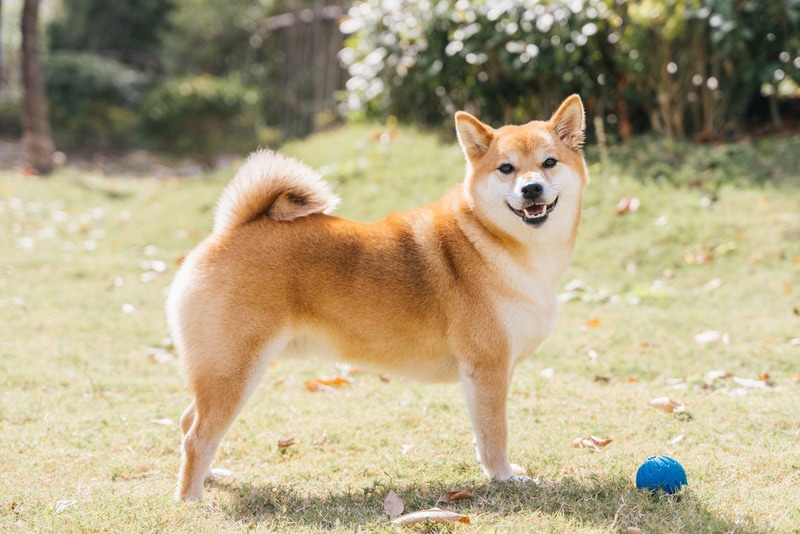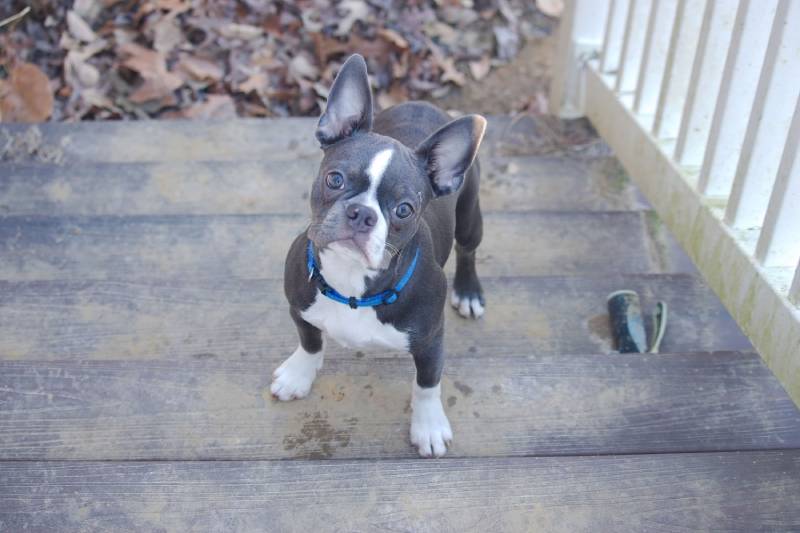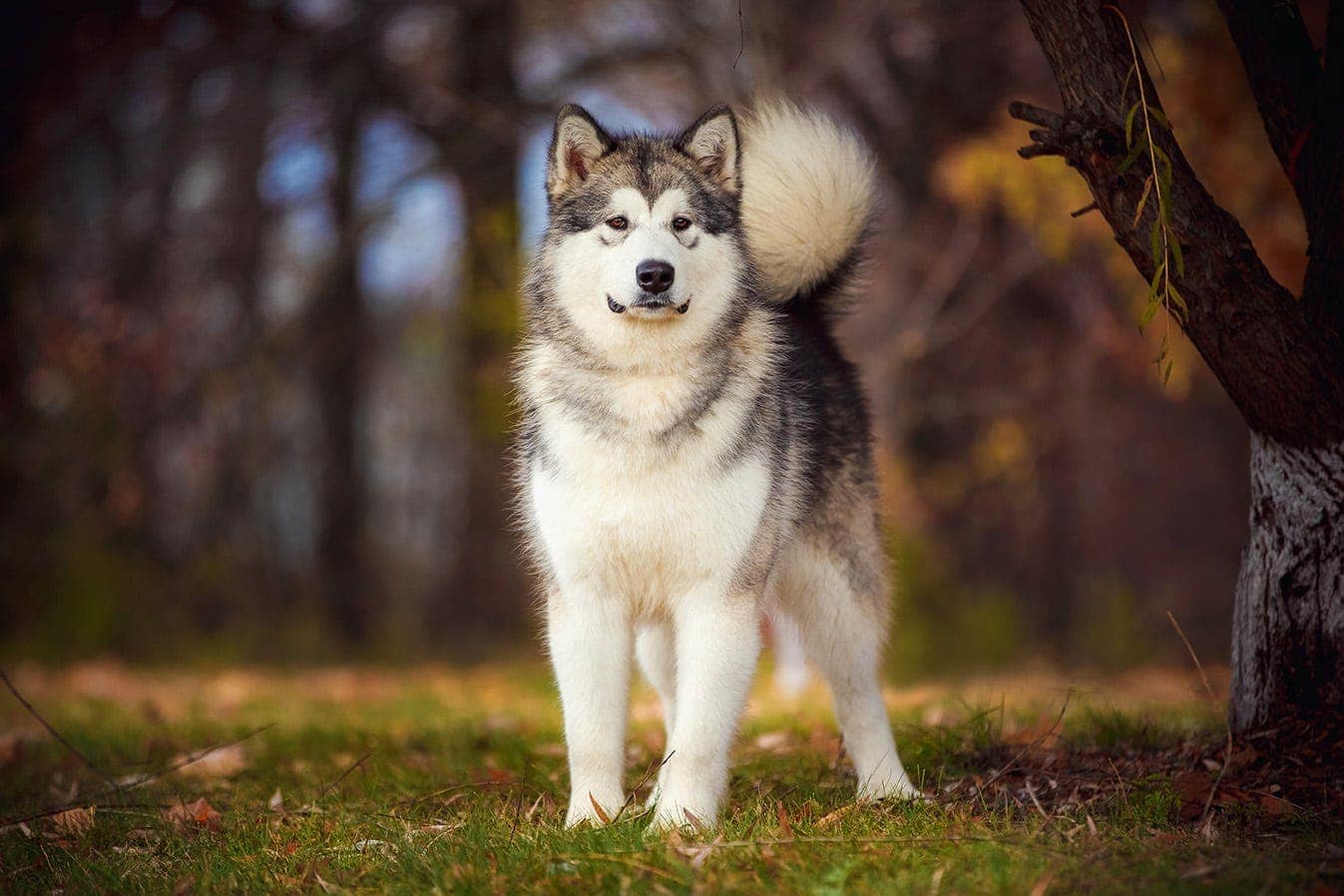How to Train a Guard Dog: 6 Tips & Tricks
Updated on
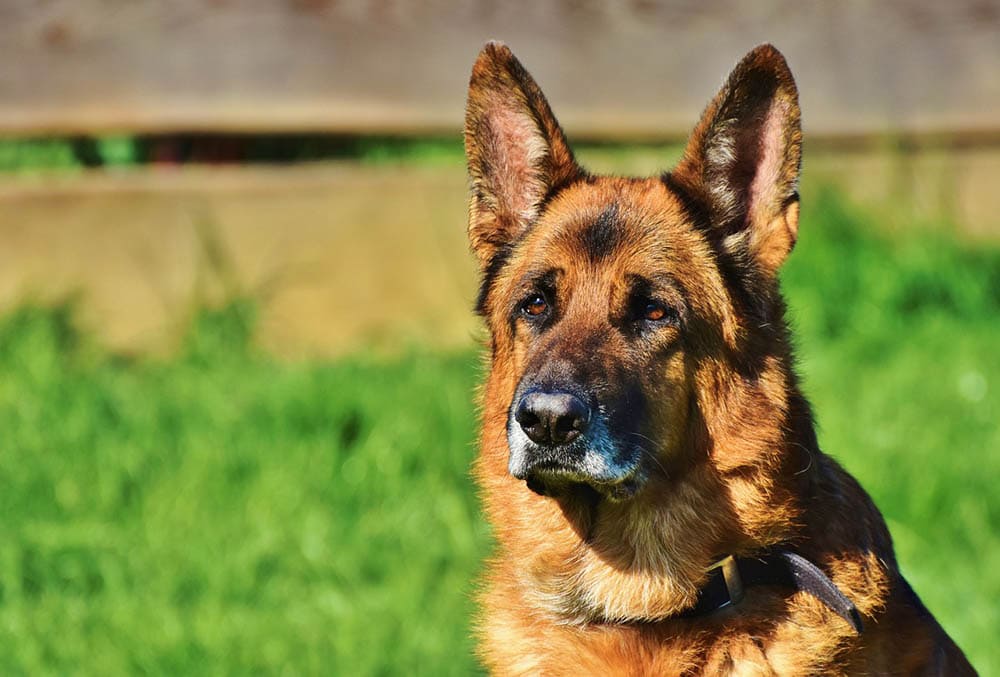
Most dogs are capable of learning how to protect their homes and families, even if they aren’t big or strong enough to do anything about a threat. This isn’t usually a problem, anyway, because unlike attack dogs, the whole purpose of a guard dog is to alert their companions of possible dangers and threats. That said, some breeds are better at becoming guard dogs1 than others. If you happen to have a dog that’s naturally good at guarding, you should find it easy and effective to train them to guard your home and family.
Still, almost any dog can be trained to be a guard dog, no matter their breed. Here is how you can do it.
Top 6 Tips for Training a Guard Dog
First, prepare to train your dog. It’s important to take preparation steps before you start training your dog to guard. First, determine whether your dog has natural guarding instincts or if they aren’t a breed with a guarding background. Dogs without natural instincts to guard may need more training than those that do have guarding instincts (like German Shepherds), so it’s necessary to plan for more intensive and longer training sessions.
You should also prepare by making sure you have all the tools and resources necessary to effectively train your pooch to guard.
- Secure kennel
- Training collar and leash
- Clicker
- Reward treats
- Training videos and books
- Training record book
Now you should be ready to take the first steps of training your canine family member on how to be a good guard dog at home. Next, let’s talk about the actual steps of training a guard dog.
1. Start With Basic Obedience Training
Obedience training is the first step in turning your pooch into an effective guard dog. The training should start while your dog is still a young pup, preferably before the age of 8 months. The younger your pup starts obedience training, the easier it will be for them to grasp the concept of training, which will make guard training more effective later. If your dog is not well-versed in obedience, it is unlikely that guard training will be effective. Your pooch must be obedient and follow your commands if they are to succeed with guard dog training.
2. Make Socialization a Priority
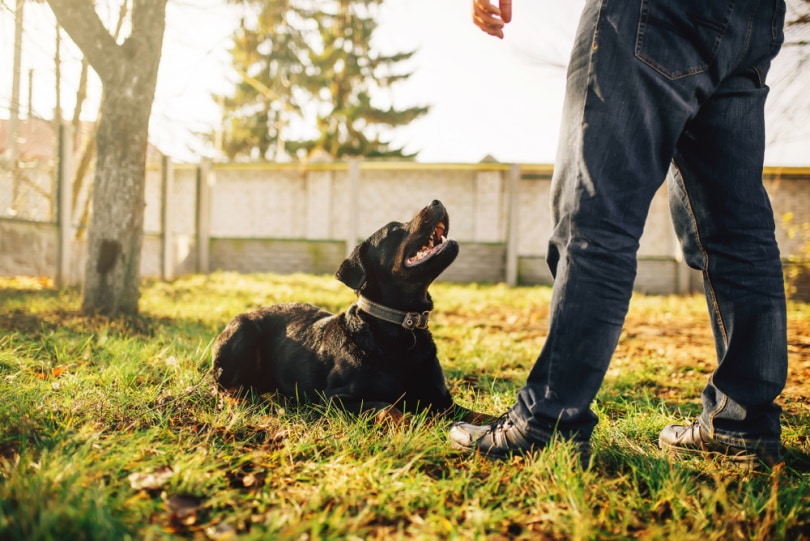
After your dog has successfully been obedience trained, it is time to start socializing them in different settings. Your pooch needs to learn how to decipher between new social situations and actual threats, and socialization will help make that happen. You don’t want your dog to greet everyone they meet in social settings; they should stand or sit quietly while keeping a lookout for possible threats and dangers.
You should teach your dog not to react to other animals or humans unless you give them the okay at any given time. This is important because if they are allowed to greet and interact with everyone whenever they feel like it, they will be more focused on having fun rather than guarding you as they should. Your pooch also needs to know that they should never react aggressively unless there is a real threat or danger present.
Start by having just one friend or family member visit your house. Teach your dog where to go and stay while the visitor enters and spends time in your home. Let your dog know exactly what is and isn’t acceptable. You should practice several times before attempting trips outside to practice in larger social situations.
3. Establish Clear Property Boundaries
One of the most important jobs that a guard dog has is keeping an eye out for trouble and threats on their family’s property. Therefore, it is important to establish clear property boundaries for your dog so they know what area they should be guarding. If possible, have your yard fenced so your dog can guard all the way to the boundary of your property.
If you can’t fence the yard, you will need to head outside and teach your dog where your property boundaries are and to not ever cross those boundaries. This will help your dog understand exactly where their territory is, so they feel comfortable with the area and don’t become confused about whether to protect the street in front of your home when someone passes by on foot or bicycle.
4. Teach Barking With and Without Commands
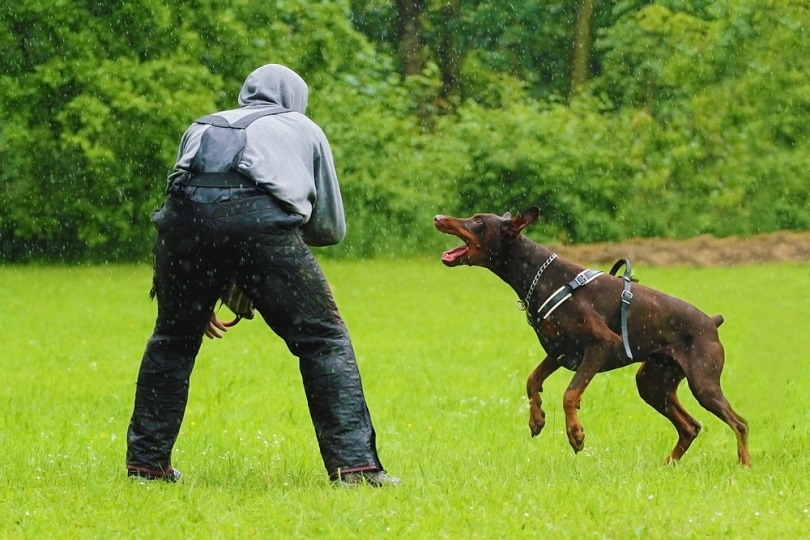
Teaching your pooch how to bark on command will help ensure that they bark at possible threats and danger but don’t bark just because they see a cat run across the yard or kids on skateboards or with basketballs playing in the street. Start by teaching your dog to bark whenever someone knocks on the door and to stop barking when you tell them to.
Once you’ve got that down, you can work on other triggers that should cue your dog to bark, like when someone walks around on your property unannounced or when someone tries to break into your home. You should first make sure your pooch understands what activities on and around your property are normal and should not be barked at. Then, encourage your dog to bark in situations where the barking is warranted and wanted.
You can even enact situations that you want your dog to bark at and reward them for reacting to the situation properly. Regular practice is important to maintain an orderly and safe environment for your dog, your family, and anyone your dog might be suspicious of. It’s a good idea to mix things up and introduce new situations as time goes on so your dog becomes comfortable with deciphering whether a situation is safe or not at any given time, even when you’re not home to give commands.
5. Practice With Rewards
Even after you feel confident in your dog’s guarding skills, it is a good idea to practice at least occasionally and reward the practice with treats and/or affection. Treats and affection should be utilized during every training session from the beginning. Just because your dog knows the commands that you practice and has performed well hundreds of times doesn’t mean they won’t benefit from rewards. These reinforce good behavior and make your dog want to continue doing well.
6. Consider Working With a Professional Trainer
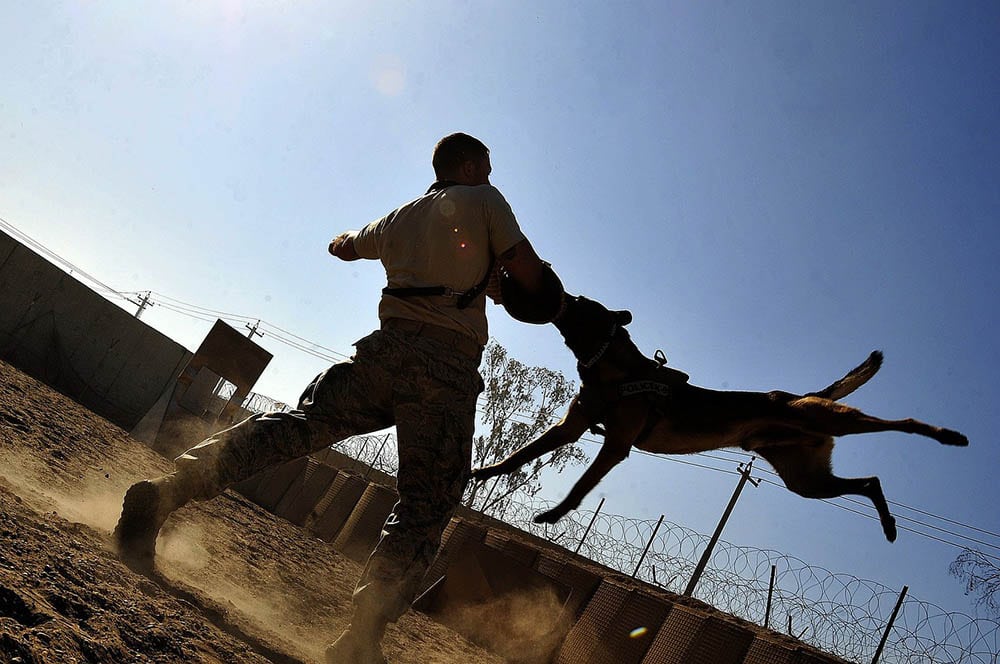
If you have any problems training your dog to guard, you feel stuck at a certain part of training, or you want your dog to learn skills that you don’t know how to command, it’s a good idea to consider working with a professional trainer, at least for a few sessions. A trainer can provide you with the knowledge, experience, and tools that you need to handle your dog for the long term. They can also perform the initial guard training with you to ensure that everything is done correctly and that no problem behaviors get established as training proceeds.
Conclusion
Training your dog to guard is not an easy or quick task. However, the work that you put into the process should produce a well-behaved dog that can effectively guard your household and family as time goes on. Don’t be afraid to reach out for support from a professional guard dog trainer if you need to. Also, consider enrolling your dog in guard training classes in your area to get started. This can be helpful if you’ve never trained a guard dog before.
See Also:
- How to Manage an Overprotective Dog: Vet Approved Methods
- How to Train a Doberman to Be a Guard Dog – Tips and Tricks
Featured Image Credit: Ralph, Pixabay

